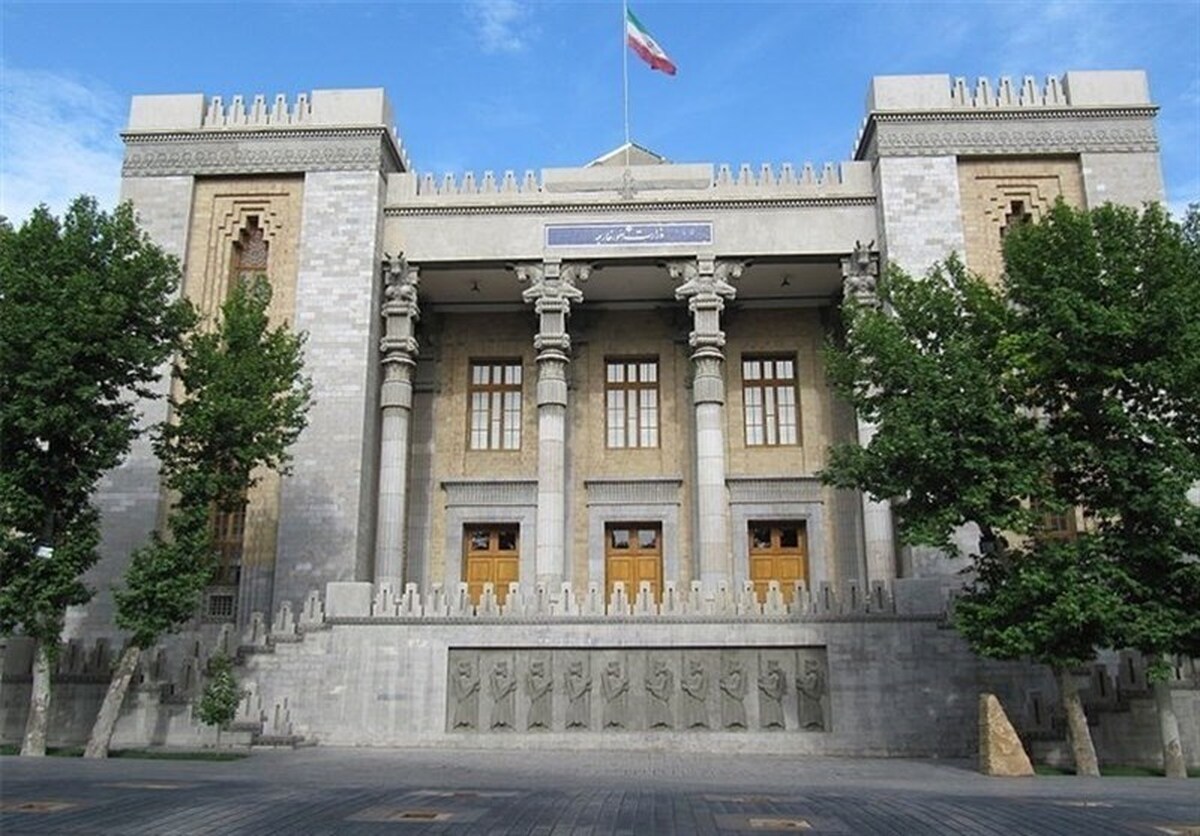
850-Km Pipeline to Divert Water From Persian Gulf to Kerman, Yazd
EghtesadOnline: The second construction phase of a project to divert water from the Persian Gulf to Kerman and Yazd provinces went on stream on Sunday, the minister of industries, mining and trade said.
"The 850-km pipeline will annually transfer 180 million cubic meters of desalinated water from the Bandar Abbas Desalination Plant in southern Hormozgan Province to Sarcheshmeh Copper Mine in Rafsanjan County, Kerman Province, and the Chadormalu Mining and Industrial Company in Ardakan County in Yazd Province," IRNA quoted Alireza Razm-Hosseini as saying.
He put the price tag of the projects at $1 billion.
First phase of the plan was launched last November that supplied water gulf to Gol-Gohar Mining and Industrial Complex in Sirjan in Kerman. It includes a desalination unit (in Bandar Abbas), 10 pumping stations, 40 water storage tanks, 14 power substations and a 150-kilovolt power transmission line from Hormozgan to Kerman and Yazd.
Work on the project started in 2016 by the Persian Gulf Water Supply and Transmission Company.
Of the total volume of water to be diverted, the Gol-Gohar Complex, Sarcheshmeh Copper Mine and Chadormalu Companywill will annually receive 45 mcm, 40 mcm and 30 mcm, respectively. The rest will be for drinking in the dry region.
Regarding funding, he said a consortium of nine banks, namely Melli, Parsian, Tejarat and Sepah, invested $55 million.
Close to $360 million was borrowed from the National Development Fund of Iran (the sovereign wealth fund) and the Hamburg-based Iranian-European Bank (EIH), affiliated to Iran’s Bank of Industry and Mine.
“The rest ($585 million) was put up by Chadormalu Company, Gol-Gohar Complex and National Iranian Copper Industries Company.”
It is believed that transferring water from the Persian Gulf in the south should help alleviate the water crisis in the two industrial regions that have limited access to underground water resources and suffer from low precipitation. However, environmentalists and independent economic experts are unconvinced.
Mounting Pressure
The two province’s drinking water comes from wells, springs, aqueducts and dams. The desert provinces, as is the case in most other regions in Iran, have been grappling with drought for years and piling unsurmountable pressure on the dwindling resources.
The plains around Kerman and Yazd no longer have the capacity for deeper wells to reach groundwater and water transfer is apparently the last best available option.
“With the meteoric rise in water consumption, we are facing huge challenges meeting demand,” the senior officials said.
Climate change and global warming has resulted in rising temperatures across continents and summers in Iran and other places have become much hotter compared to a quarter century ago.
Three more transmission pipelines at a cost of $6.5 billion are being laid from Hormozgan to South Khorasan Province (1,550 km), Sistan-Baluchestan (820 km) and Isfahan Provinces (920 km) to supply 550 million cubic meters of water a year, the minister added.
Pipe-laying to South Khorasan is estimated to cost $2.35 billion and 540 km of the pipeline is in place. He did not provide details on the other pipelines.
Although experts consider water transfer schemes to be environmentally hazardous and destructive, using water from the Persian Gulf is the last resort, the government has said.
Arab littoral states desalinate 26 million cubic meters of water per day from the waterway.


